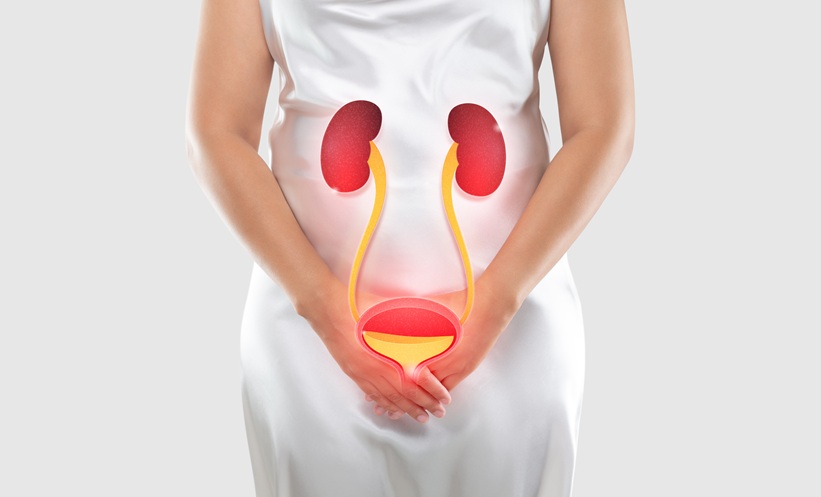IN A new post-hoc analysis of the CANVAS trial presented at ERA 2025, researchers evaluated whether the dose of canagliflozin influences clinical outcomes in patients with type 2 diabetes and high cardiovascular risk. The findings point to a dose-dependent cardiovascular benefit, while showing that both low and high doses offer similar protection against kidney disease progression.
The analysis included 4,330 participants randomised to canagliflozin 100 mg, canagliflozin 300 mg, or placebo, followed for a median of 74 months. While the 100 mg dose did not significantly reduce major cardiovascular events, the 300 mg dose did, with a hazard ratio (HR) of 0.83 compared to placebo, just reaching statistical significance (p=0.049). The 100 mg dose showed no meaningful difference versus placebo (HR 0.96, p=0.64).
On the renal side, both doses performed well. The 100 mg and 300 mg doses significantly reduced the incidence of a composite kidney endpoint, which included end-stage kidney disease, doubling of serum creatinine, or renal death, compared to placebo. Albuminuria progression was also significantly lower in the 300 mg group, but not in the 100 mg group.
All-cause mortality was significantly lower with the 300 mg dose (HR 0.78, p=0.027), with a trend toward benefit also observed for the 100 mg group. Safety outcomes, including rates of acute kidney injury and serious hyperkalaemia, were similar across treatment arms, although fewer hyperkalaemia events were observed with the higher dose.
In light of these results, clinicians may consider individualising canagliflozin dosing based on cardiovascular risk, balancing efficacy with tolerability, especially as SGLT2 inhibitors become a cornerstone of care in cardiorenal-metabolic medicine.
Reference
Elenjickal E et al. The effect of canagliflozin dose on cardiovascular and renal outcomes in patients with type 2 diabetes and high cardiovascular risk. Abstract 800. ERA Annual Meeting, 4th-7th June, 2025.






